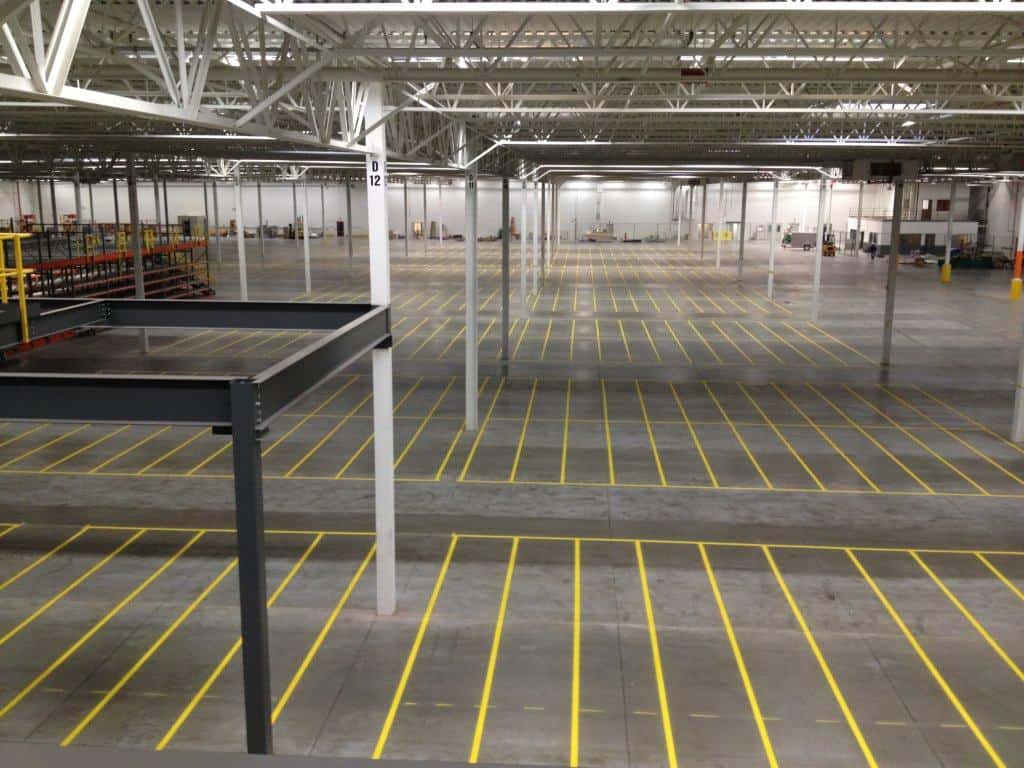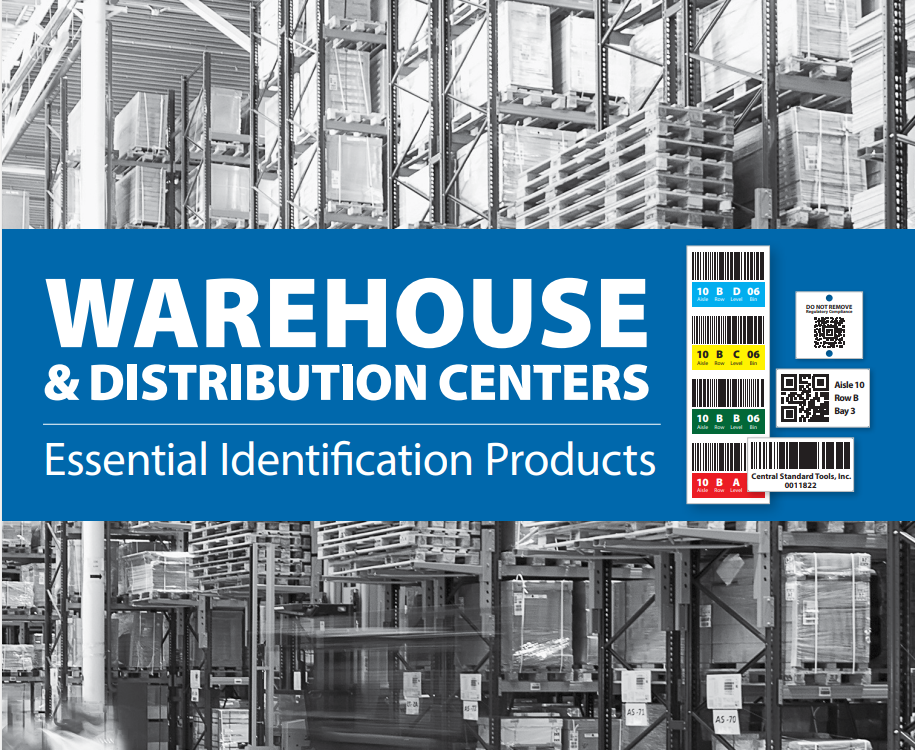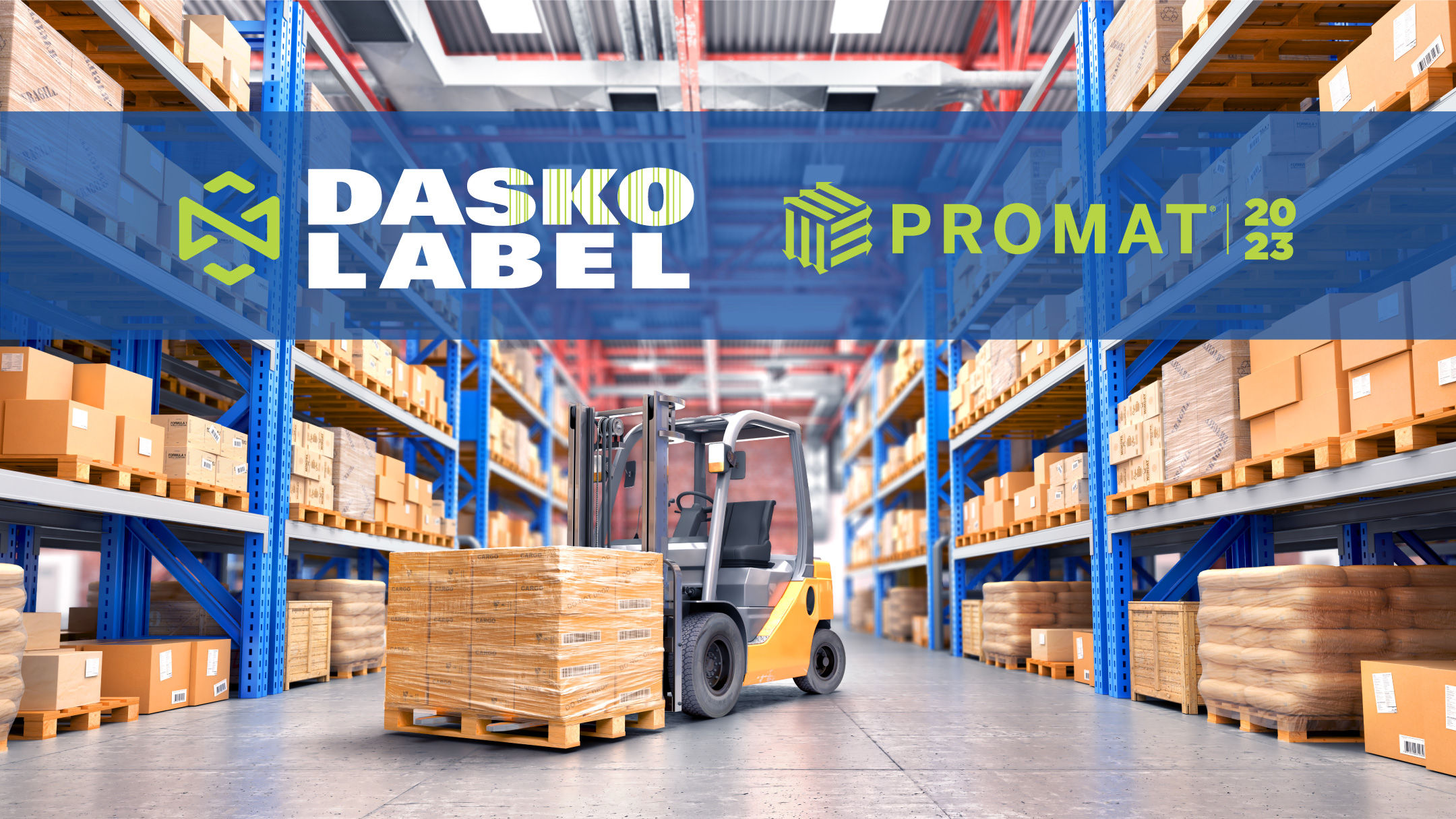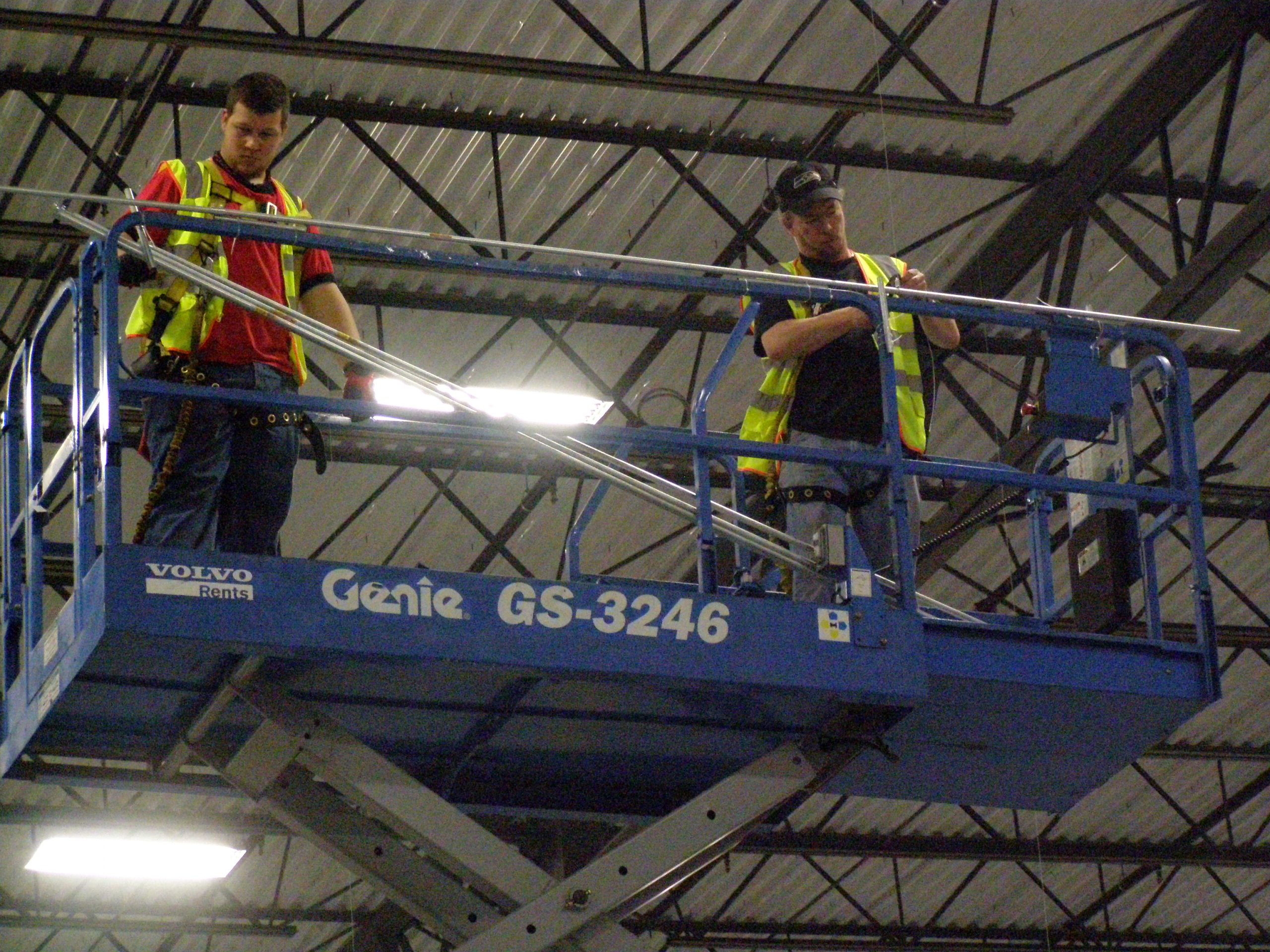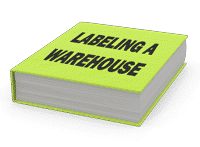THE 2D BAR CODE REVOLUTION
Barcodes have been increasing warehouse efficiency for decades. While many operations rely on traditional linear or one-dimensional (1D) barcodes, two-dimensional (2D) barcodes have also been deployed throughout the supply chain.
Unlike 1D barcodes, 2D barcodes encode data both vertically and horizontally, which allows users to encode significantly larger amounts of data in a smaller space. 2D barcodes are also more resilient (they can be read even if they are torn or damaged) and provide an accurate way to automate multiple data collection tasks.
While 1D codes have to be scanned with a laser scanner, 2D codes are read with an imaging-based scanner. These scanners have fewer moving parts and can be used for other applications (including image capture and optical character recognition), providing even more utility in a warehouse environment.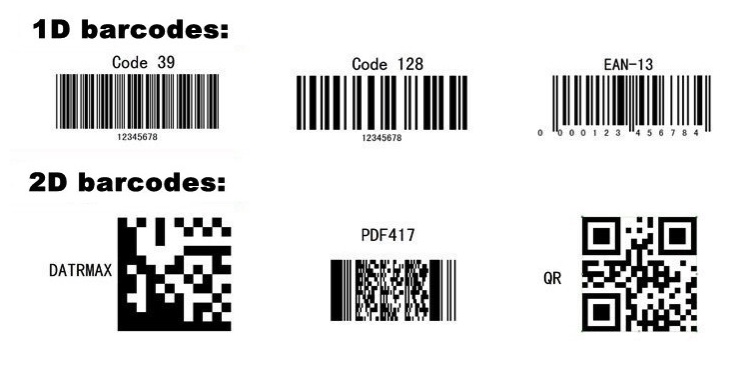
Below are three important ways that 2D barcodes can improve warehouse efficiency.
They hold more data than 1D barcodes. Linear barcodes can only hold a limited amount of information. In order to cram more data into the code, the code itself has to grow physically longer – not a practical solution given the space constraints of even the most generously sized labels.
The design of 2D barcodes allows them to carry much more information. This improves efficiency because users can scan and access the data even if they don’t have direct access to a back-end database. It also provides more flexibility for label design (since the codes can easily be resized) and allows for labeling smaller items throughout the supply chain.
You can scan 2D barcodes from any direction. Linear/1D barcodes present a number of physical challenges when it comes to scanning. As anyone who has ever used the self-checkout scanner at a grocery store knows, if the barcode is at the wrong distance from or angle to the scanner, you won’t get a successful scan.
In warehouse operations, this means that boxes have to be positioned correctly for scanning with both handheld devices and with fixed-mount scanners on a conveyor. If the label isn’t positioned properly, you may have to make multiple attempts at scanning the code. That eats up valuable time and erodes your productivity.
2D barcodes can be read with an imaging scanner from any direction. Because of this, workers can increase their efficiency and productivity. Having to pause and reorient something to properly scan it wastes time – and that isn’t acceptable in today’s world.
2D barcodes reduce human error and improve accuracy. Traditional 1D barcodes can boost accuracy by using automation to eliminate manual data entry and human error. 2D barcodes can increase this benefit significantly because they store so much more information – thus reducing data entry even further.
Workers can ensure they have all the information they need with a single scan. This streamlines data collection and reduces the risk of a picking, packing, or shipping error.
Achieving these benefits requires a reliable, robust barcode label printer. Imprint offers a full line of industrial-grade printers, including Zebra printers that can produce both 1D and 2D codes on a wide variety of label stocks.
If you are looking for ways to further boost your own warehouse efficiency, 2D barcodes can provide greater accuracy and automation than 1D codes, along with more flexible label designs.
1D BARCODING AND SCANNERS

PROS:
- 1D scanners are less costly
- 1D scanners are currently in greater use and are very good at reading small amounts of information
CONS:
- 1D scanners cannot read 2D barcodes
- 1D barcodes hold a much more limited amount of information than 2D barcodes
2D BARCODING AND IMAGES

PROS:
- 2D imagers can also read 1D barcodes and capture more information than 1D scanners
- 2D barcodes hold a large amount of information, can be read at any angle and remain readable
CONS:
- 2D imagers are more costly (although the price continues to drop
- 2D imagers read what they see in their scan “box”. This means if multiple barcodes exist, it will read the first one it sees regardless of the barcode orientation.

